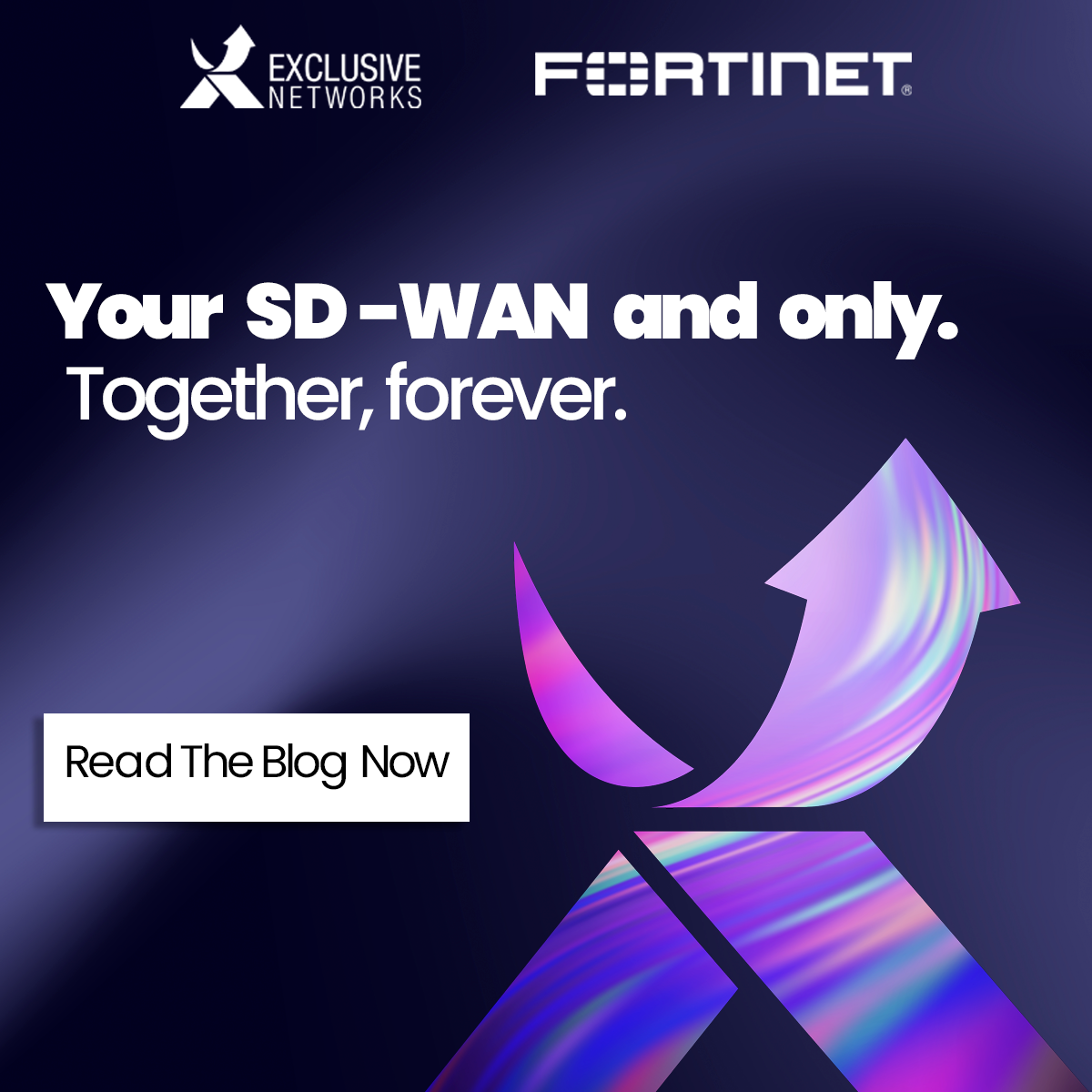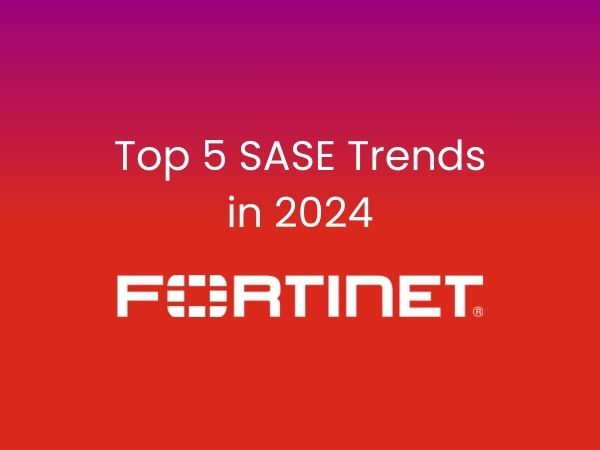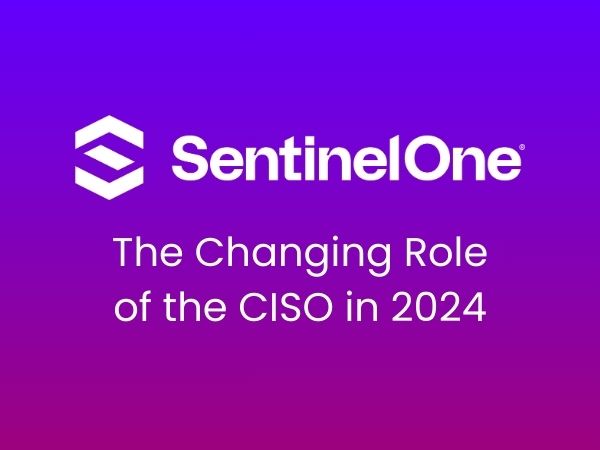
Perhaps the ‘forever’ is a little bit of an exaggeration, but it’s clear that Software-defined WAN is no longer an emerging technology. It’s here to stay for the foreseeable future.
And if you’re not considering SD-WAN, then you’re missing out on being part of this high-growth market opportunity. Here’s why.
The time is right: SD-WAN is all go again
For many enterprises, the move to SD-WAN was another pandemic casualty. According to TechTarget, in their article on 4 key SD-WAN trends to watch in 2022, of the 61% of enterprises who started to roll out SD-WAN, only 36% had managed it or were still deploying it by the latter half of 2021. And if you don’t have time to read the article, the trends according to TechTarget are SD-WAN as a service; SD-WAN and secure remote access; AI in SD-WAN; and SD-WAN and wireless WAN (WWAN).
But despite an overall delay in SD-WAN projects, 2022 (and beyond) is looking hot for SD-WAN, and channel partners who embrace it, with good reason. But don’t just take our word for it.
First, let’s look at IDC’s findings in their snappily titled ‘Asia/Pacific (Excluding Japan and China) Software-Defined WAN Infrastructure Market, 2018−2019 and Forecast, 2020−2024 (IDC #)’. In it, IDC report: “The Australian SD-WAN infrastructure market is a high-growth market with a compound annual growth rate (CAGR) of 29.6% over a forecast period from 2021 to 2024. In 2020, this market experienced 25% growth on a year-over-year (YoY) basis. The 2020 growth rate is strong; however, it is considered a relatively slow one for this market because of disruptions caused by the COVID-19 pandemic. The market is expected to perform even stronger from 2021 onwards.”
In the same report, IDC predicts the Australian SD-WAN infrastructure market will continue performing well in years to come as SD-WAN technology becomes the primary means of connectivity within an enterprise.
And that’s part of a worldwide trend. In IDC’s MarketScape: Worldwide SD-WAN Infrastructure 2021 Vendor Assessment, IDC says that “The SD-WAN infrastructure market is highly competitive and undergoing important strategic shifts.” Their key findings conclude that “‘SD-WAN remains one of the fastest-growing segments of the network infrastructure market due to this technology’s ability to improve user and application experiences, provide integrated connectivity and security, enable seamless connectivity to the cloud and hosted applications, and provide an opportunity for organisations to save money.”
And critically, for those partners looking for opportunities (and aren’t we all?), IDC reported, “In 2020, the SD-WAN infrastructure market grew 18.5%. Through 2025, IDC estimates that the market will grow at a compound annual growth rate of 18.9%.”
In Frost Radar™: Global SD-WAN Vendor Market, 2021, a paper by the research team at Frost and Sullivan, says that adopting SD-WAN is a strategic imperative. Pointing out that the work-from-home trend is here to stay, Frost regards SD-WAN technology as critical in enabling organisations to optimise their available bandwidth for remote workers and to gain momentum as the WFH movement grows.
So, you get it. SD-WAN is here to stay and here to grow – with or without you.
The technology is right: SD-WAN, but not as you knew it
While SD-WAN was originally positioned as an MPLS (Multiprotocol Label Switching) killer in 2015, as more features have been added, the ROI has been greater than ever anticipated. On top of the connectivity savings delivered by SD-WAN, come significant security and performance benefits, says SecurityBrief Australia.
IDC’s MarketScape: Worldwide SD-WAN Infrastructure 2021 Vendor Assessment notes, “One of the most significant developments in the market in recent years has been the advancement of integrated security functionality with SD-WAN products.”
That security functionality, says IDC, commonly includes “intrusion detection and prevention (IDS/IPS), next-generation firewall (NGFW), and content/web/URL filtering, as well as integrations with third-party security tools, most commonly with cloud access security brokers (CASBs) or secure web gateway (SWG) providers.” To note, the combination of cloud-managed networking and security capabilities in one SD-WAN solution by a vendor is SASE (secure access service edge).
Along with security, IDC cites deployment options, the ability to build integrated management features across the LAN, WLAN and SD-LAN), and visibility and analytics as important considerations for SD-WAN buyers.
End-users are always right: SD-WAN in action
We know that SD-WAN is a dry topic. Important, but dry. So, let’s turn to an end-user perspective to illustrate the importance of SD-WAN, and the difference it can make to you and your customers.
Australian rental company, Kennards Hire, has over 180 branches and nearly 1500 employees across Australia and New Zealand. As a technology-forward business, Kennards moved key workloads to the cloud, developed applications that leverage IoT technologies and run in a Microsoft Azure environment, and migrated their ERP to AWS.
With its employees spread across 180 branches, and all needing access to key software solutions residing in multiple public clouds, Kennards found it no longer made sense to route all traffic through its primary data centre. Its MPLS connections were expensive, and along with an inflexible telecommunications provider, the Kennards Hire leadership team felt their ability to evolve was being hindered, not helped.
They decided to shift the branch locations’ networking to direct internet connectivity via SD-WAN, leveraging higher-performance connections that don’t have to be routed through their corporate data centre – while avoiding any reduction in data and application security.
Kennards Hire selected Fortinet solutions to provide SD-WAN functionality, along with the same security capabilities that protect the company’s data centre. To consolidate and simplify security at the branches, the company deployed the Fortinet SD-Branch solution, which includes Fortinet Secure SD-WAN, to provide fast, reliable, efficient, and secure connectivity among corporate branches and the cloud.
The overall outcome? Kennards experienced improved network performance and reliability across all 180 branches in just eight weeks. Rollout time, to bring a branch’s networking and security online – just 20 minutes. The company has reduced the number of staff required to manage security and networking companywide and has saved hundreds of thousands of dollars per year.
For a customer-focused company like Kennards, the CX was even more important. “Prior to Fortinet, we faced a lot of issues around system downtime and interruptions, which ultimately affected our customer experience. We want to keep the customers coming back; we want to keep them happy. To do that, we need to empower the branches to run as seamlessly as possible,” said Nicolas Aragnou, the company’s IT infrastructure lead.
Getting it right.
With the impact of the pandemic fading (but not forgotten), the proven market potential and growth opportunities, the technological advancements, and the feel-good stories from end-users, SD-WAN is here to stay.
Now it’s just up to you to find your SD-WAN and only and live happily ever after.

